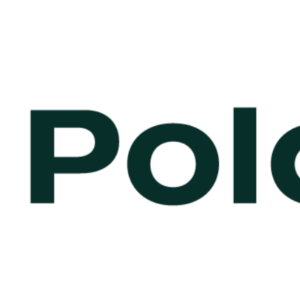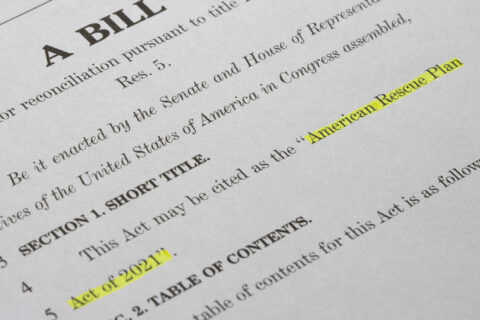Access to clean drinking water is fundamental to the health and well-being of America’s communities and families—and during a public health crisis, it is more important than ever.
A recent analysis by the National Resources Defense Council found that over 5,300 water systems nationwide have elevated levels of lead and a recent analysis by the American Water Works Association estimates 6.1 million lead service lines remain in U.S. communities, at an estimated $30 billion to replace.
As part of the Trump Administration’s Federal Action Plan to Reduce Childhood Lead Exposure, in December, the U.S. Environmental Protection Agency (EPA) released final revisions to the Lead and Copper Rule, providing the first major update to the rule in 30 years.
The rule was published in the Federal Register on Jan. 15, with an effective date of March 16. A Biden Administration memo issued on Jan. 20, however, subjects the rule to a potential regulatory freeze, allowing the new administration to review the rule. Any further revisions to the Lead and Copper Rule by the Biden Administration will have to go through the notice and comment regulatory process.
While the effective date of the rule may get delayed, it is important for local officials to understand the rule’s requirements and to develop strategies for compliance.
Here are the key takeaways from the rule for local governments. EPA’s summary is available here.
- Trigger Level vs. Action Level – The new rule maintains the 15 parts per billion (ppb) action level and establishes a new 10 ppb trigger level for lead. If the trigger level is exceeded, action on additional planning, monitoring, and treatment is required. The 10 ppb trigger level also requires systems to start lead service line replacement programs.
- Public Inventory – All systems must develop a lead service line inventory or demonstrate absence of lead service lines by the compliance date, January 16, 2024. The lead service line inventory must be updated annually or triennially, based on tap sampling frequency. All systems with known or possible lead service lines must develop a lead service line replacement (LSLR) plan.
- Testing and Notification – The rule updates the sampling and testing requirements, including sampling only homes with lead service lines (to the extent there are any) and the samples must be collected using a new 5th-liter sample protocol. This method is more likely to detect lead in drinking water, and therefore trigger the rule’s other requirements around public notification, corrosion control practice, and LSLR. If a sample taken from a home has a result over 15 ppb, the water system must notify occupants within three days. Additionally, the rule requires water systems to test for lead in drinking water in elementary schools and childcare facilities that they serve over a five-year period starting in 2024.
- Communities Under 10,000 Residents – The rule offers small Community Water Systems serving 10,000 or fewer residents certain flexibilities for compliance. These flexibilities allow systems to choose among four compliance options, with approval from the state, for addressing lead contamination. Systems can choose corrosion control treatment, LSLR, provision and maintenance of point-of-use devices or replace all lead-bearing plumbing and materials.
- Funding Resources – In conjunction with the rule, EPA developed a guide to help communities identify potential federal funding sources for LSLR and technical assistance related to LSLR. Existing programs such as the Drinking Water State Revolving Fund, WIFIA loans and CDBG can all be used for LSLR. EPA case studies examine how communities have used these programs for LSLR. Other EPA resources are available here.
NLC continues to advocate for new funding sources and financing mechanisms to assist local governments, homeowners, schools and daycare facilities comply and implement the rule. Current levels and types of financing and funding opportunities are not adequate to address lead pipe remediation in communities across the country and an influx of money is necessary to meet the costs of replacing the estimated six to ten million pipes that are currently in use. EPA estimates that the total cost of the rule to public water systems will approximately be between $161 million and $372 million annually (2006 dollars).
NLC Lead and Copper Rule Tele-Town Hall Series
NLC has partnered with the Lead Service Line Replacement Collaborative (LSLRC) to help municipal leaders identify opportunities to reduce exposure to lead in drinking water, replace lead service lines, and better understand the revisions to the Lead and Copper Rule.
Over the course of the next three months, NLC and LSLRC will host a series of three tele-town halls for local officials to dig deeper into the rule requirements, share best practices among peers, learn about funding and financing opportunities for lead service line replacement, ask questions of experts and obtain other critical information necessary to set your city on the path toward compliance.
Join us in February!
NLC will host the first Lead and Copper Rule Tele-Town Hall Feb. 17 on what the new rule means for small cities with populations less than 10,000 residents.









